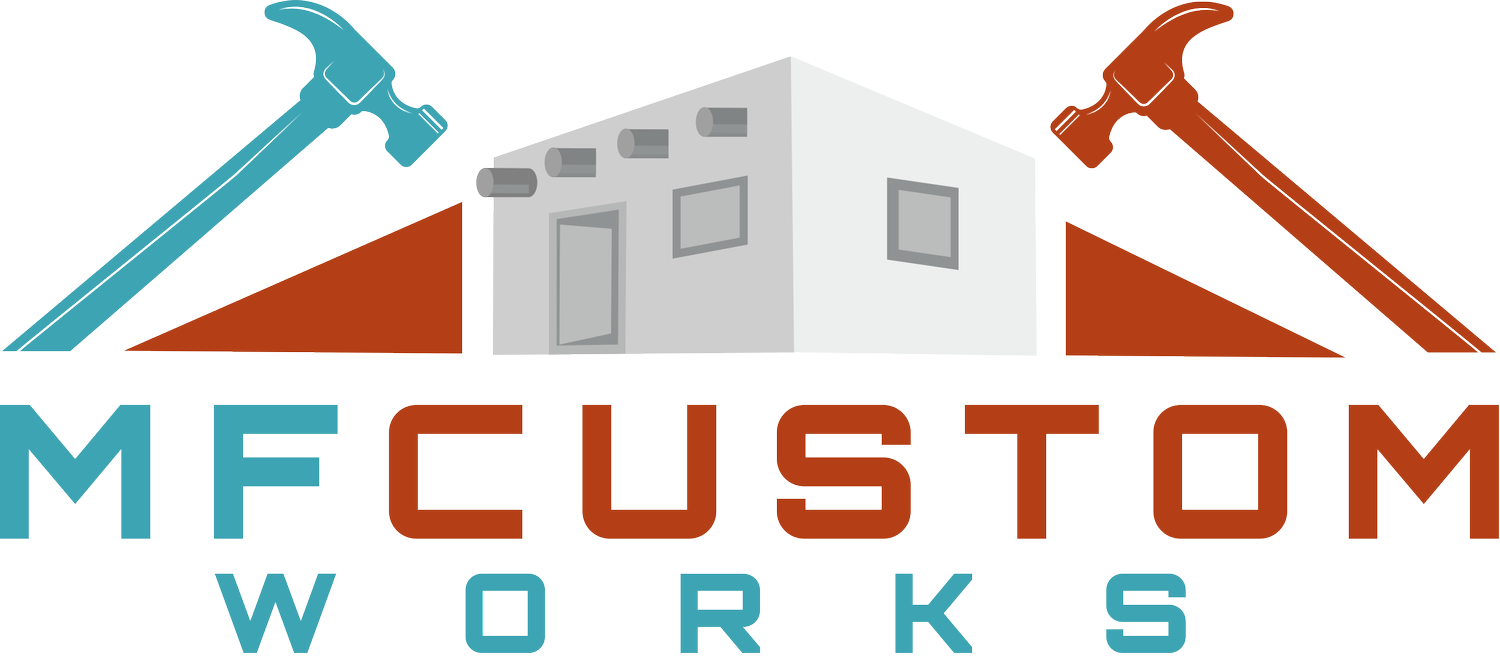Your kitchen faucet was a champ, but suddenly you realize the water pressure isn’t what it used to be. What can cause this and how can you fix it?
This is a problem I see pretty regularly, especially for clients who have kitchen faucets where the whole head is detachable, as in the photo below.
This Delta kitchen faucet has a detachable sprayer head - these types of faucets are particularly vulnerable to getting clogged with debris.
For one, Tucson’s water is very hard and can be rough on the delicate internal parts in modern faucets. Second, if you have had plumbing work done recently and the water was shut off to the house for a period of time, debris that had settled in your pipes may have been disturbed and made its way to your fixtures when the water was turned back on, clogging sensitive parts.
Here are the two main likely culprits for the low water pressure you are experiencing with your faucet:
Debris in the aerator. Every faucet comes equipped with a small part at the end of the faucet where the water comes out. This part is called an aerator. It is what determines the flow rate of the water, and gives the water a nice stream when you turn on the faucet.
The white honeycomb piece in the center is the aerator.
The aerator can easily get clogged with debris, so the first step to fixing your water pressure issue is to remove the aerator and inspect it. If you see visible debris once removed, it is usually worth replacing the aerator. If you are not sure how to remove your faucet’s aerator, see “Tips for removing an aerator” at the end of this article.
If you do not see visible debris, try turning on the faucet without the aerator and assess the water pressure. If the pressure looks good, try soaking the aerator overnight in a solution of vinegar and salt (pickle juice works perfectly for this), or replace it.
Most aerators can be purchased for around $5, though those with special finishes or spray modes can cost as much as $60 to replace. If that still does not solve your issue, or the water pressure without the faucet head is still low, read on.
Debris in the check valve(s). If your kitchen faucet has a detachable sprayer head, it likely has a check valve (or two) located either where the head attaches to hose, or where the hose attaches to the rest of the faucet under the sink. Check both ends of the hose for a small plastic piece.
Here is an example of a check valve that is placed right where the sprayer head connects to the faucet hose. There may also be a similar looking check valve where the hose connects to the rest of the faucet under the sink.
The purpose of a check valve is to prevent water from coming back up through the faucet and into your water lines. The only way this would happen is if you left the whole sprayer head submerged under water; for example, in a pot you are soaking. For most people that is not an issue, so if you find that the check valve is the problem, it may be worth simply removing it. Use a pair of needle nose pliers if required.
Tips for removing an aerator:
Some aerators are held in by a trim piece, and others are screwed into the faucet or faucet head directly. Either way, some part must be unscrewed, and the threads can sometimes be difficult to loosen, especially if the faucet has not be serviced in a long time.
If you have a standard faucet, as pictured below, grip the aerator or trim piece with either a rubber strap wrench, or slip joint pliers (Channel Locks) and a rag or rubber pad to avoid marring the metal surface. From the perspective of looking into the faucet pipe (as if you would get water right into your eye if the faucet were on) turn counter-clockwise.
For this standard faucet, use Channel Locks or a rubber strap wrench to unscrew the aerator/trim piece.
Other aerators screw in, but require a notched key that fits around the circumference of the aerator. This is usually the case if you have a detachable faucet head. First, check if there is a slot in the middle of the aerator to use a flathead screwdriver; some models include this feature for ease. If not, you will need the proper key. Check the original faucet box if you have it, as the key may have been included. Otherwise, you can either locate the key in stores or online, or take the whole head to a local plumbing shop that would have the key (we recommend Bonnets, Stems & Accessories in Tucson). The head should easily unscrew from the hose. Note that each manufacturer makes different keys, so make sure to find out which one you need before ordering one.
Some styles require a key to unscrew the aerator. Unfortunately, these keys are not standardized across manufacturers.
The slot in this aerator is designed to allow use of a flat head screwdriver for installation and removal. A very helpful feature!
Wrapping Up
Issues with these two parts, the aerator and the check valve(s), are the most common causes for your faucet’s low water pressure.
If you are in Tucson, I strongly encourage you to head to Bonnets, Stems & Accessories for these type of small plumbing parts and associated issues. We are not affiliated with their business, just appreciative of what they offer to the community. They keep most standard aerators and keys in stock, and will happily take a look at any parts you bring in. Sometimes they can even replace or clean the parts for you themselves - with pickle juice!
The easiest way to prevent this issue in the future is to remove all aerators prior to shutting off the water supply in your house. Ask your contractor or plumber to do this if you are not comfortable doing so yourself.
We hope this article was helpful. If you have gone through these steps and are still having issues with your faucet, or you would rather not do this yourself, it may be worth hiring a professional. Click the link below to get in touch with us.












